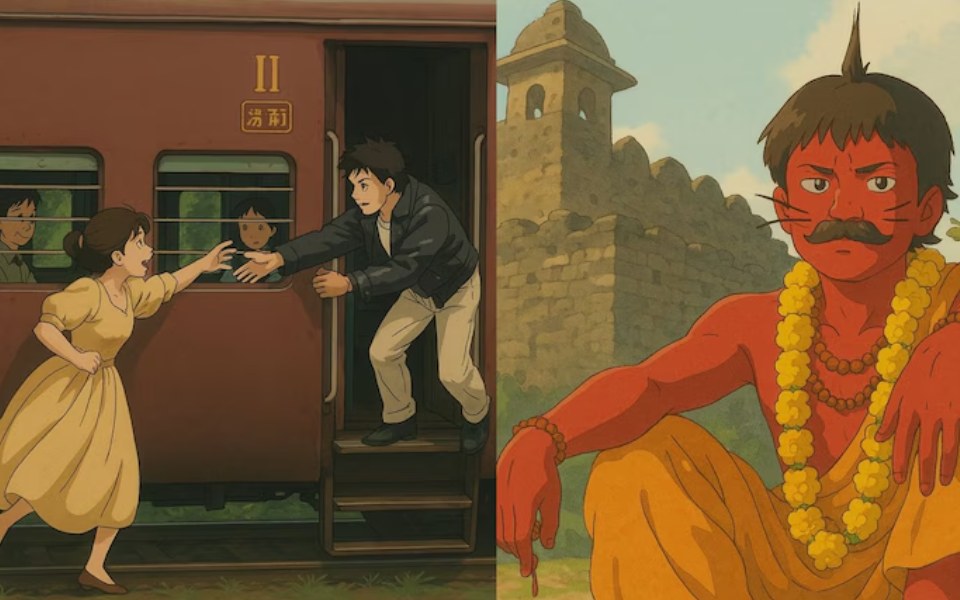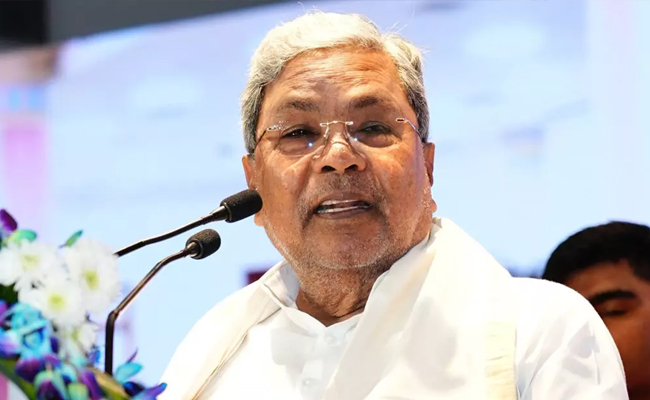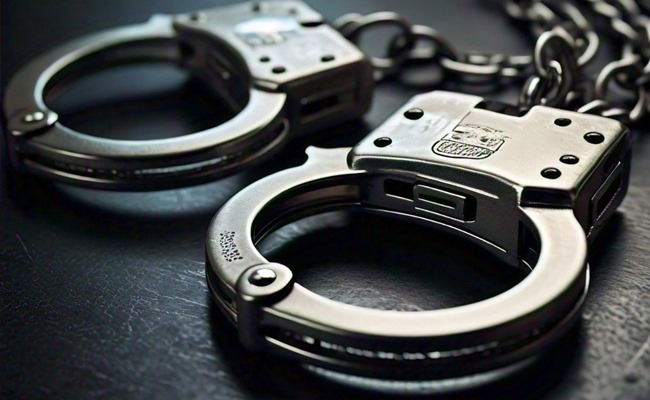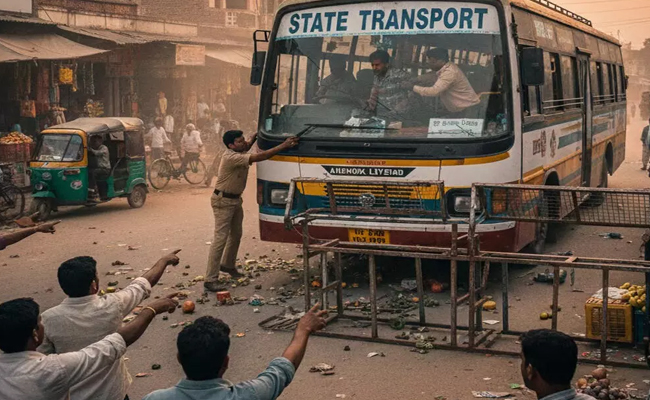The "Ghibli Effect" has taken social media by storm, with people sharing stunning AI-generated portraits and artwork inspired by the legendary animation studio, Studio Ghibli. The trend has sparked both excitement and controversy, as it brings together AI technology and the signature artistic style of the renowned Japanese studio. But what exactly is the Ghibli Effect, and why is it suddenly making headlines?
What is the Ghibli Effect?
The term "Ghibli Effect" refers to the distinctive animation style and emotional storytelling techniques used by Studio Ghibli, founded by Hayao Miyazaki, Isao Takahata, and Toshio Suzuki in 1985. The studio is known for its breathtaking hand-drawn animation, imaginative worlds, strong female protagonists, and deep themes of nature, nostalgia, and human emotions.
Some of the most recognizable elements of the Ghibli Effect include:
Lush and intricate backgrounds that create a dreamlike atmosphere.
Soft, expressive character designs with detailed facial expressions.
Themes of magic and adventure, often blending fantasy with reality.
Quiet, reflective moments that emphasize emotion over action.
A focus on nostalgia and childhood wonder.
Films like My Neighbor Totoro, Spirited Away, Howl’s Moving Castle, and Princess Mononoke have embodied this effect, making Studio Ghibli one of the most influential animation houses in the world.
Why is the Ghibli Effect Trending Now?
The recent resurgence of the Ghibli Effect can be traced back to advancements in artificial intelligence (AI) image generation. OpenAI’s GPT-4o update introduced a feature allowing users to generate images in various styles, including those inspired by Studio Ghibli.
AI-Generated Ghibli-Style Portraits
Users began uploading their photos and using AI tools to transform them into Ghibli-style characters, complete with whimsical backgrounds and dreamy expressions.
The results were widely shared on Twitter, Instagram, and Reddit, fueling the viral trend.
Ghibli-Inspired AI Art Spreads Across Platforms
Several AI image generators, including OpenAI's DALL•E and MidJourney, started producing detailed artworks that resembled the hand-drawn aesthetic of Ghibli films.
Hashtags like #GhibliAI, #GhibliEffect, and #GhibliStyle trended globally.
Resurfacing of Hayao Miyazaki’s Criticism of AI
As AI-generated Ghibli art spread, an old interview of Hayao Miyazaki resurfaced, where he strongly criticized AI in animation.
In the viral clip, Miyazaki calls AI-generated animation an “insult to life itself”, stating that true art must come from human experience and emotions.
OpenAI Restricts Ghibli-Style Image Generation
Amid growing concerns over copyright and ethical issues, OpenAI announced restrictions on generating images in the styles of living artists, including Studio Ghibli.
This move aimed to prevent unauthorized replication of unique artistic styles without permission.
The Debate: AI vs. Human Creativity
The sudden popularity of the Ghibli Effect has ignited a heated debate:
Supporters of AI Art argue that it democratizes creativity, allowing people to generate beautiful artworks effortlessly.
Critics, including many artists and animators, claim that AI is undermining human creativity by replicating unique styles without effort, training, or originality.
Ghibli’s own legacy is deeply rooted in traditional hand-drawn animation, with Miyazaki repeatedly rejecting digital shortcuts. His films emphasize the beauty of meticulous craftsmanship, making the use of AI to mimic his work controversial among fans and industry professionals.
The Ghibli Effect has become a fascinating example of how AI and traditional artistry intersect. While it has allowed millions to engage with the magic of Ghibli-style art, it has also raised ethical and creative concerns about the role of AI in the future of animation.
Whether this trend fades or evolves, one thing is certain: Studio Ghibli's influence remains stronger than ever, inspiring new generations of artists, animators, and dreamers worldwide.
AI-sa kuch trend ho raha hai, maine suna. Toh socha, what if Ghibli made cricket? pic.twitter.com/NdKptwOliM
— Sachin Tendulkar (@sachin_rt) March 27, 2025
It's been 24 hours since OpenAI unexpectedly shook the AI image world with 4o image generation.
— Barsee 🐶 (@heyBarsee) March 26, 2025
Here are the 14 most mindblowing examples so far (100% AI-generated):
1. Studio ghibli style memespic.twitter.com/E38mBnPnQh
Nobody asked for Bollywood movie scenes in Ghibli style — but here they are. pic.twitter.com/umiDAA7LNu
— Vivek Choudhary (@ivivekch) March 26, 2025
stop posting ghibli style images! pic.twitter.com/KIpLf58lDT
— joacod (@joacodok) March 26, 2025
The Dark Knight with Studio Ghibli style pic.twitter.com/ijBg1Jab1E
— Christopher Nolan Art & Updates (@NolanAnalyst) March 26, 2025
Let the Truth be known. If you read VB and like VB, please be a VB Supporter and Help us deliver the Truth to one and all.
Mumbai (PTI): Rupee depreciated 9 paise to an all-time low of 90.58 against US dollar in early trade on Monday, weighed down by uncertainty over an India-US trade deal and persistent foreign fund outflows.
Forex traders said rupee is trading with a negative bias as investors are in wait and watch mode and awaiting cues from the India-US trade deal front.
At the interbank foreign exchange market, the rupee opened at 90.53 against the US dollar, then fell further to an all-time intraday low of 90.58 against the greenback, registering a fall of 9 paise over its previous close.
On Friday, the rupee had slipped 17 paise to close at an all-time low of 90.49 against the American currency.
Meanwhile, the dollar index, which gauges the greenback's strength against a basket of six currencies, was trading 0.05 per cent lower at 98.35.
Brent crude, the global oil benchmark, was trading higher by 0.52 per cent at USD 61.44 per barrel in futures trade.
On the domestic equity market front, the 30-share benchmark index Sensex was trading 298.86 points lower at 84,968.80, while the Nifty was down 121.40 points at 25,925.55.
Foreign Institutional Investors sold equities worth Rs 1,114.22 crore on Friday, according to exchange data.
"FPIs continue to be in selling mode in equity and debt while RBI has been selling dollars to fund their long positions," said Anil Kumar Bhansali, Head of Treasury and Executive Director Finrex Treasury Advisors LLP.





